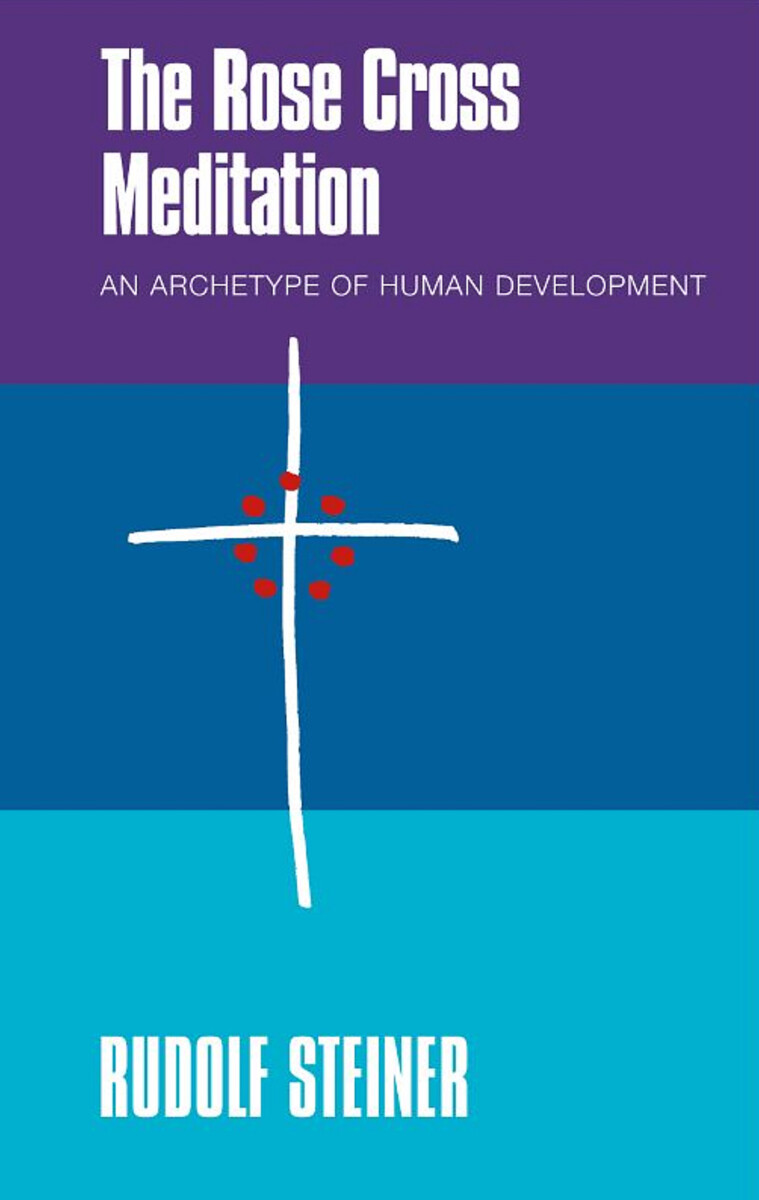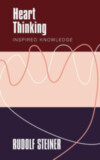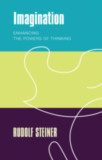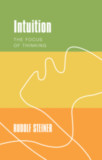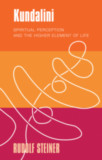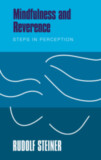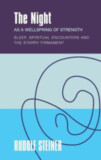The Rose Cross Meditation
An Archetype of Human Development
- Publisher
Rudolf Steiner Press - Published
8th July 2016 - ISBN 9781855845282
- Language English
- Pages 184 pp.
- Size 5.5" x 8.5"
The Rose Cross meditation is central to the Western, Rosicrucian path of personal development as presented by Rudolf Steiner. He repeatedly referred to the meditation as a “symbol of human development” that illustrates the transformation of human instincts and desires, which work unconsciously in the soul, and in thought, feeling, and the will. Through personal development, the "I," or essential self, can gain mastery over these unconscious forces of the soul.
The Rose Cross meditation features the red rose as the image to which a student, via specific means, aspires. Added to the plant is the black cross, which points to the mystery of death and resurrection and provides a symbol of the higher development of the human “I.” The metamorphosis of the roses and the cross into the symbol of the Rose Cross is brought about by the one’s inner efforts, creating an entirely new image. This becomes the starting point for further steps along the meditative path.
The Rose Cross meditation is the only pictorial meditation whose content and structure Steiner described in such detail. In this invaluable book, the editor has gathered virtually all Steiner’s statements on this subject, arranging them chronologically. Commentary and notes support his words.
C O N T E N T S:
Introduction
1. Sources—Goethe’s Fragment “The Mysteries as a Point of Departure”
2. The Rosicrucian Schooling Path and the Rose Cross Meditation
3. The Rose Cross Meditation in Occult Science: An Outline
4. Caduceus and Rose Cross—Protective Meditations
5. The Rose Cross Meditation with Mantric Verses Given to Individual Pupils
6. Rose Cross, Grail, Tao
7. The Rose Cross Meditation and the Rosicrucian Maxim
Notes
Sources
Rudolf Steiner
Rudolf Steiner (b. Rudolf Joseph Lorenz Steiner, 1861–1925) was born in the small village of Kraljevec, Austro-Hungarian Empire (now in Croatia), where he grew up. As a young man, he lived in Weimar and Berlin, where he became a well-published scientific, literary, and philosophical scholar, known especially for his work with Goethe’s scientific writings. Steiner termed his spiritual philosophy anthroposophy, meaning “wisdom of the human being.” As an exceptionally developed seer, he based his work on direct knowledge and perception of spiritual dimensions. He initiated a modern, universal “spiritual science” that is accessible to anyone willing to exercise clear and unbiased thinking. From his spiritual investigations, Steiner provided suggestions for the renewal of numerous activities, including education (general and for special needs), agriculture, medicine, economics, architecture, science, philosophy, Christianity, and the arts. There are currently thousands of schools, clinics, farms, and initiatives in other fields that involve practical work based on the principles Steiner developed. His many published works feature his research into the spiritual nature of human beings, the evolution of the world and humanity, and methods for personal development. He wrote some thirty books and delivered more than six thousand lectures throughout much of Europe. In 1924, Steiner founded the General Anthroposophical Society, which today has branches around the world.


